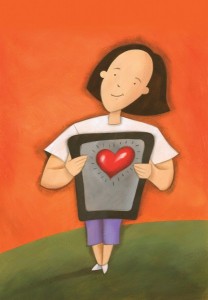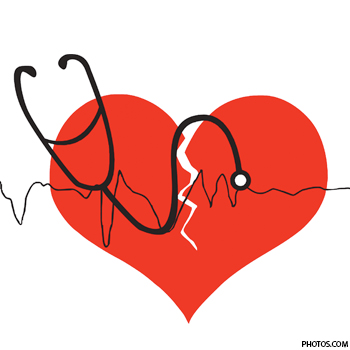Recently, I attended a grief support group for adults who have experienced a significant loss over the past year. All the attendees were at various stages of grief and loss, from a wide range of life altering experiences. What became clear from listening to the many shared stories was in the end, that the loss of their significant relationship was devastating, no matter how much success in other parts of their lives they had experienced.
Many of the attendees had excellent incomes, owned high end homes and lived what would be called abundant, successful lives. But what each of them discovered through the sudden loss of a spouse or family member, or through an unexpected divorce, is that Freud hit the nail on the head when he coined "we are never so hopelessly unhappy as when we lose love."
When it comes to our health, we often do not connect how imperative the experience of loving, being loved and belonging are to our overall well being and immune function. Leaving the support meeting, it felt important that from time to time we remind ourselves about what really matters in our lives, as our health and our relationships are intimately intertwined.
Many of the attendees also suffer from chronic headaches, fibromyalgia, asthma, irritable bowel syndrome or ulcers. All of these conditions can be traced back to the stress they experience from the loss and subsequent grief that comes from the loss of our significant relationship.
Do something good for your self today, and for those you are in relationship with. Take a moment of gratitude for the gift of family, friends, spouse, partner, peers who enrich your life and keep you healthy.
Without the gift of sharing love, our lives and our health suffer.
With all good wishes,
Georgianna
© G. Donadio 2012 All rights reserved









